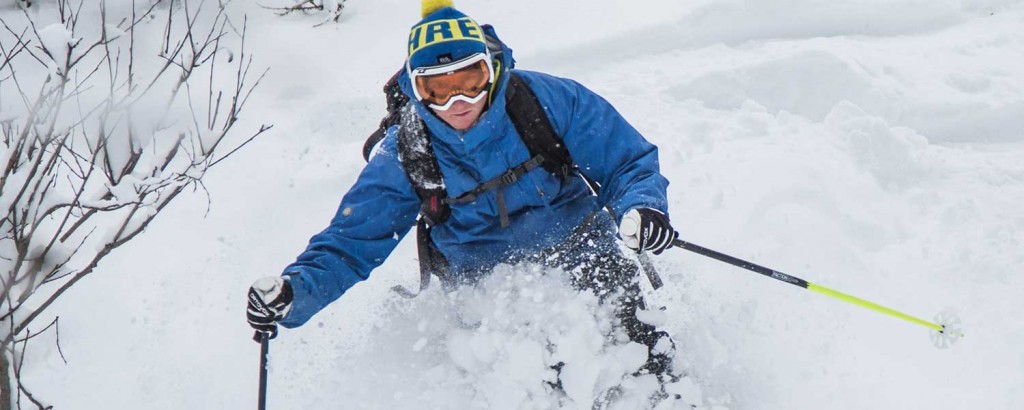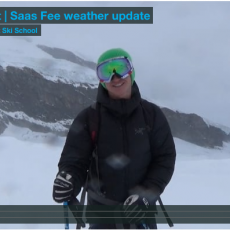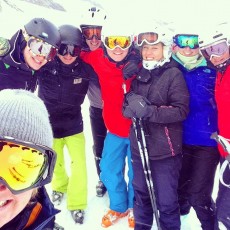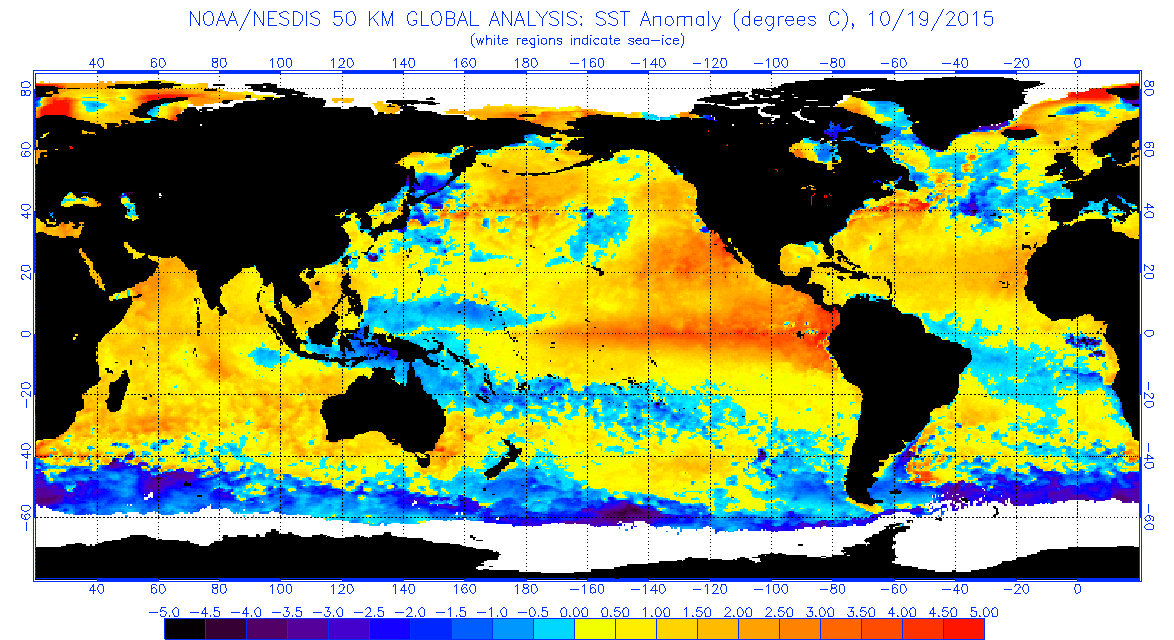
So, is it an EL Niño year?
Yes, every few years we get to say the name El Niño with an enthusiastic Spanish accent and then use it to explain everything from low surf to high snow fall to cold winters in Europe or wet ones in California or droughts in Australia.
Plus we all think we sounds cool when we say it. But what, exactly, is it?
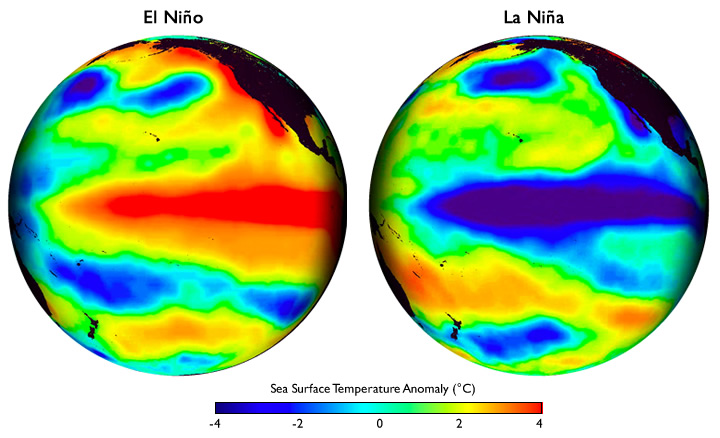
Well, the technical definition revolves around the two ways the weather and sea temperatures in the equatorial Pacific can go – a warm phase gets called El Niño or a colder phase gets called La Niña. The boy child or the girl child, for those of you with ropey Spanish.
We’re always in one or the other and there are a huge range of strengths of the phases – this year is getting people excited because it’s a strong El Niño. How strong? Well, perhaps one of the top three since records began in 1950.
But so what?
Well, think of the earth’s weather patterns as a complicated, interconnected series of events – hot air rises somewhere and it snows somewhere else, low pressure circles one area and there’s a drought in another, strong winds high in the atmosphere in one hemisphere can shift powerful currents deep in the sea in the other hemisphere.
Those were made up examples, but you get the idea.
It’s a delicate balance of systems that means when one gets stronger or weaker the others get thrown out of whack. (That’s perhaps not a very good meteorological term). Make a change and the chain reaction can have frankly terrifying consequences.
And El Niño can do that – waters off the coast of South America in the Pacific are above average, and this throws weather fronts off towards main land North and South America.
The domino effect is hard to predict, but it can effect Europe’s weather – the so called Big Freeze in Northern Europe a few years ago was attributed to El Niño. However the emphasis is massively on what it “can” do. Truth is nobody knows.
We can’t be sure what will happen but it can massively disrupt global weather patterns – for us it’s a fun speculation on snow fall but we should consider that it throws global farming into chaos leading to droughts or floods and distorting the price of food all over the world. Scary stuff.
Meanwhile, back in Verbier..
Whilst its a potentially catastrophic global phenomenon, if we’re just talking about the impact on the alps what dos it mean? Well, El Niño seems to have it’s biggest impact on Europe during winter. According to Wikipedia “Recent evidence indicates that El Niño causes a colder, drier winter in Northern Europe and a milder, wetter winter in Southern Europe.”
So in 2009/10 it was extremely cold in Northern Europe and you could say it was down to a strong El Niño. But there are so may variables you’re head starts to spin the more you read.
However the weight of opinion is a cold winter in Northern Europe and a milder wetter one in the south of Europe. Switzerland is helpfully sitting on the battleground between the two…
Should we get excited?
What’s the answer? Well, nobody really knows. We’re certainly excited, but then again everyone at the ski school is excited every winter…
But what we can guarantee is that there are going to be a lot of crazy weather patterns all over the world, and if that means we get a bumper winter with higher than average snowfalls, it’s going to be very, very hard to complain, especially if we all get to do cool powder shots in the trees and look like Jake…

